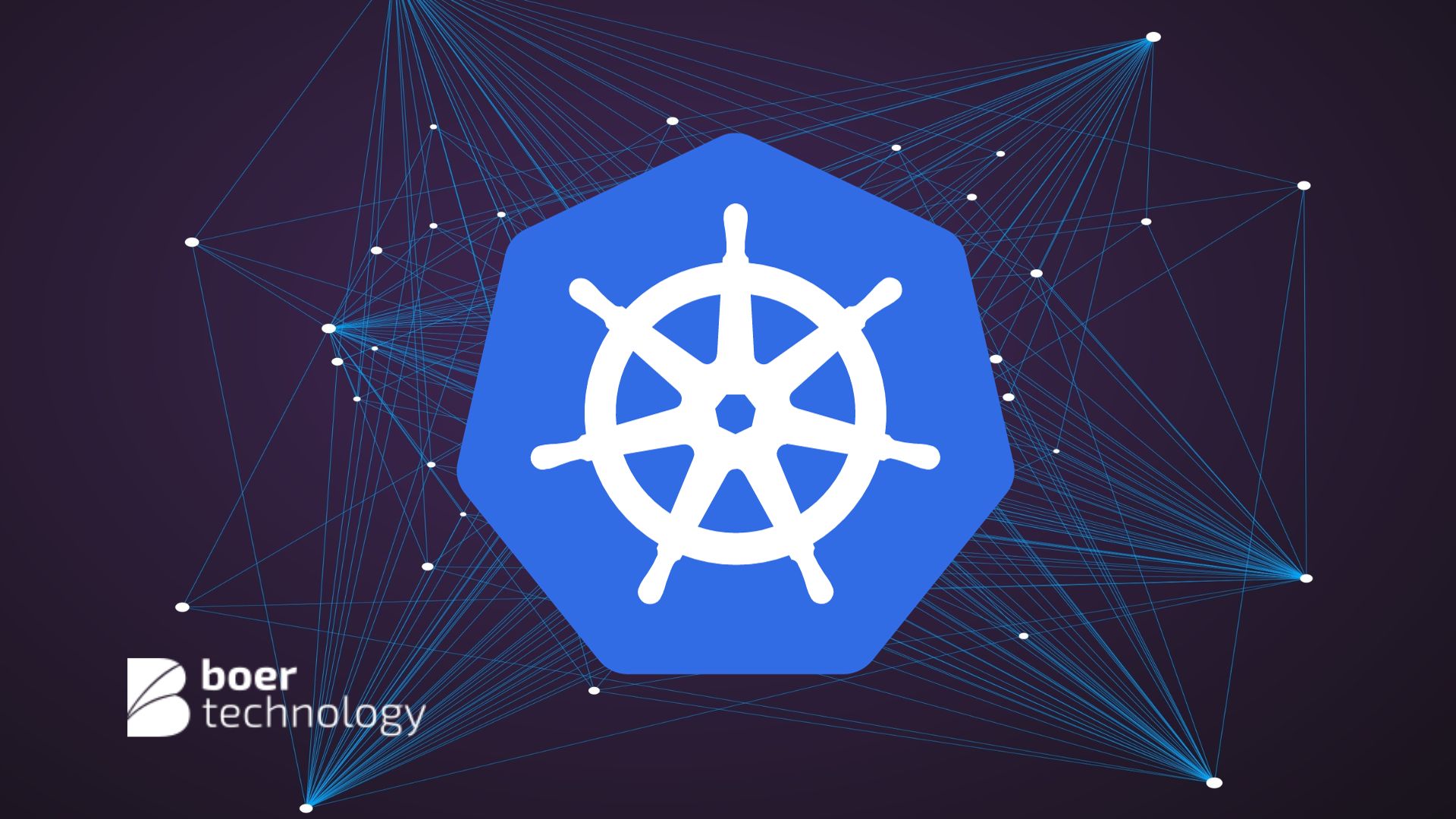Kubernetes Containers: Orchestrating the Future of Scalable Applications
Kubernetes, often abbreviated as K8s, has emerged as a game-changing technology in the realm of container orchestration. It has transformed the way organizations deploy, manage, and scale containerized applications. In this article, we'll explore Kubernetes containers and delve into how this open-source platform is reshaping the world of software deployment and management.
Understanding Kubernetes Containers
Containers, in the context of Kubernetes, refer to lightweight, standalone, and executable software packages that contain everything needed to run an application, including code, runtime, system tools, and libraries. Containers are isolated from the host and other containers, ensuring consistency and portability across different environments. Docker is one of the most popular containerization technologies, although Kubernetes is compatible with other container runtimes.
Key Components of Kubernetes Containers
-
Pods:
The smallest deployable units in Kubernetes, pods are the fundamental building blocks for containers. A pod can contain one or more containers that share the same network namespace, allowing them to communicate with each other as if they were running on the same host.
-
ReplicaSets:
ReplicaSets are used to maintain a specified number of pod replicas to ensure high availability and reliability. If a pod fails, the ReplicaSet creates a replacement to maintain the desired number of replicas.
-
Services:
Services provide a stable endpoint for accessing a group of pods. They abstract the network, allowing applications to communicate with the service rather than directly with individual pods. This abstraction enables load balancing and automatic routing to healthy pods.
-
Deployments:
Deployments define the desired state for applications and manage the deployment and scaling of pods. They facilitate updates and rollbacks, ensuring that applications are always running as expected.
Benefits of Kubernetes Containers
-
Scalability:
Kubernetes allows organizations to scale applications easily, both vertically and horizontally. Vertical scaling involves increasing the resources allocated to a container, while horizontal scaling adds more container instances to handle increased workloads.
-
Efficiency:
Containerization improves resource utilization and reduces overhead compared to traditional virtualization. Containers are lightweight, starting quickly and consuming fewer system resources.
-
Portability:
Containers package applications and their dependencies, ensuring consistency across different environments. This portability simplifies the development and testing process, as well as the movement of applications between on-premises and cloud environments.
-
Automation:
Kubernetes containers enable automation of various tasks, from scaling and load balancing to updates and rollbacks. Automated orchestration reduces manual intervention and errors.
-
Resilience:
Kubernetes provides self-healing capabilities through automated restarts of failed containers and the management of replica sets. This ensures that applications remain available and operational.
-
Flexibility:
Kubernetes is compatible with various container runtimes, allowing organizations to choose the best containerization technology for their specific needs. This flexibility ensures that organizations can leverage existing container deployments.
-
DevOps Integration:
Kubernetes integrates seamlessly with DevOps practices, enabling continuous integration and continuous deployment (CI/CD). This facilitates faster development cycles and quicker application updates.
Challenges of Kubernetes Containers
-
Complexity:
While Kubernetes offers powerful features, it also introduces complexity. Organizations need skilled administrators and developers who understand how to configure and manage Kubernetes clusters effectively.
-
Learning Curve:
Kubernetes has a steep learning curve, especially for those new to container orchestration. Extensive documentation and training resources are available to help mitigate this challenge.
-
Resource Management:
Inefficient resource management can lead to overspending or underutilization of resources. Proper resource allocation and scaling strategies are crucial.
-
Security Concerns:
Kubernetes security requires careful configuration and monitoring. Organizations must follow best practices for securing containers and the cluster itself.
Conclusion
Kubernetes containers have revolutionized how applications are deployed and managed in modern computing environments. Their scalability, efficiency, portability, automation, and resilience make them a preferred choice for organizations seeking to embrace containerization and container orchestration. While there are challenges, Kubernetes continues to evolve, and it has a vibrant community dedicated to addressing these issues and making container orchestration accessible to a wide range of users. As the world of containerization and orchestration continues to grow, Kubernetes remains at the forefront, shaping the future of scalable, resilient, and efficient applications.
Read Also: THE MOST IMPORTANT THING TO KNOW ABOUT DEVSECOPS
Read Also: CLOUD INFRASTRUCTURE: BUILDING BLOCKS OF THE DIGITAL AGE

